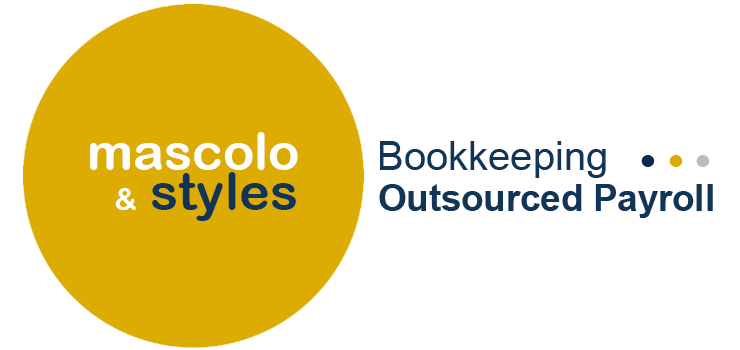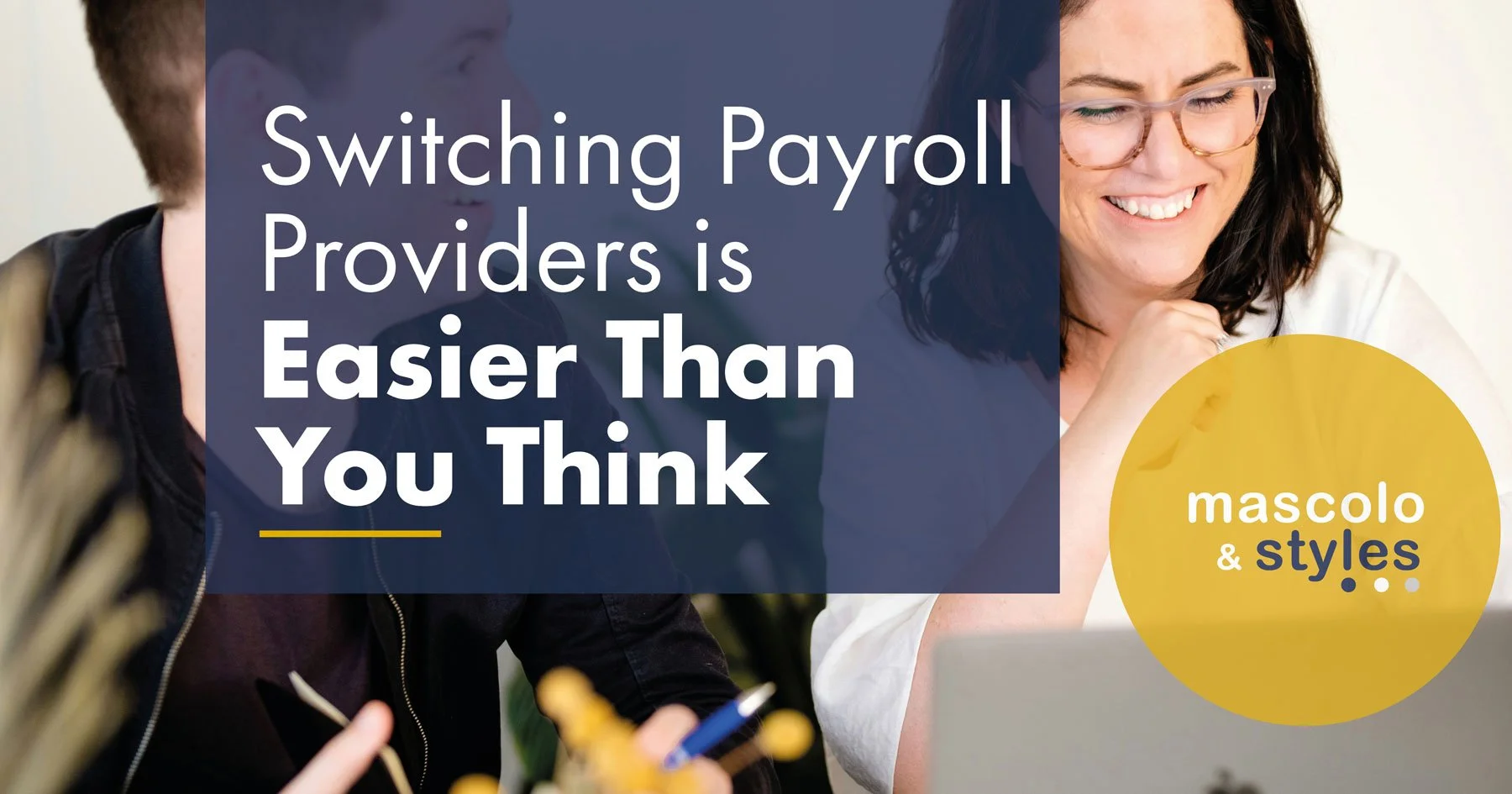Is It Easy to Switch Payroll Providers?
Switching payroll providers can feel like a big job-especially if you’re used to your current system. But in reality, changing payroll providers doesn’t have to be complicated or stressful. With the right preparation and understanding of the process, you can make the switch smoothly and get your business on the path to better payroll management.
Why Might You Want to Switch Payroll Providers?
Businesses change payroll providers for lots of reasons: better service, improved software features, cost savings, or needing more support as the company grows. Whatever your reason, it’s important to know what’s involved before making the leap.
Is It Easy to Switch Payroll Providers?
The short answer is yes - with the right approach. Payroll involves sensitive data and strict deadlines, so it’s vital to plan carefully, communicate clearly with your old and new providers, and give yourself plenty of time.
Most payroll providers have experience onboarding new clients from other systems and can guide you through the transfer. The key is to stay organised and tackle the switch step by step.
How to Change Payroll Provider: The Basics
Here’s a quick overview of the key steps:
Review Your Current Payroll Data
Make sure your employee records, tax details, and payment histories are accurate and up to date. This makes transferring data easier and reduces the risk of errors.Notify Your Current Payroll Provider
Check your contract for notice periods and any terms related to leaving. Inform your provider that you intend to switch to avoid surprises.Choose Your New Payroll Provider
Take time to research and select a provider who fits your business needs and budget. Ask about transition support and software compatibility.Plan Your Transfer Date
Coordinate with both providers to set a date for the handover. Avoid peak payroll processing times if possible.Prepare and Transfer Data
Work with your current and new provider to export and import payroll data securely. This may include employee details, tax codes, pay rates, and year-to-date information.Test and Confirm Payroll Runs
Before going fully live, run test payrolls to check calculations and reports. This helps catch any issues early.Communicate With Employees
Let your team know about the change—especially if the payroll system they interact with will look or behave differently.
Switch to Mascolo & Styles
Switching payroll providers doesn’t need to be daunting. With careful planning, clear communication, and a good checklist, you can make the transition smoothly. If you want to get started or need guidance tailored to your business, get in touch. We’re here to help make payroll easier for you.
We’ve Put Together a Detailed Checklist for Changing Payroll Providers
To help you manage every step with confidence, we’ve created a practical checklist covering everything from data review to post-switch support. If you’re thinking about making the move, this can help you stay organised and avoid common pitfalls.
Payroll Provider Switch Checklist
A step-by-step guide for UK businesses changing payroll providers
Switching payroll providers doesn’t have to be complicated-this checklist will help you stay on track and avoid common mistakes during the transition.
1. Preparation
Review your current payroll service contract
Check notice period, cancellation terms, and any early termination fees.Decide on a switch date
Ideally after a pay period ends or at the start of a new tax year/month.Inform your current provider
Give formal notice in writing and confirm final processing dates.
2. Gather and Review Payroll Data
Employee information (name, address, NI number, date of birth)
Pay details (salary/hourly rate, bonuses, overtime, deductions)
Tax information (tax codes, student loans, National Insurance contributions)
Year-to-date figures (gross pay, tax paid, pension contributions)
Employer info (PAYE reference, accounts office reference, bank details)
Double-check data accuracy before transferring to your new provider.
3. Choose and Set Up Your New Provider
Research and select a provider
Look for one that offers good support (check their review), clear pricing, and HMRC compliance.Sign service agreements and NDAs (if required)
Share business and payroll setup info
Include frequency, pay dates, pension scheme details, etc.Provide previous payroll reports or export files
4. Testing and Handover
Run a test payroll
Ensure net pay, deductions, and tax calculations match expected figures.Confirm pension setup
Test auto-enrolment configuration and employer contributions.Align reporting requirements
RTI submissions, payslips, P60s, and journals to match your accounting system.
5. Communicate With Employees
Notify staff of the change
Include details on new payslip format, portal access (if any), and key dates.Answer employee questions or concerns
6. Post-Switch Checks
Confirm first live payroll is processed correctly
Verify correct submission to HMRC
Check pensions and direct debits are working as expected
Monitor payroll for any unexpected issues during the first few runs
Optional but Recommended:
Download or archive all reports and payslips from the old system
Schedule a 30-day review of your new payroll setup
Collect employee feedback to ensure everything’s running smoothly
Need Help?
If you're unsure about any step or want support managing the transition, we're happy to help. From liaising with your old provider to helping set up your new one, we’ll make sure the switch is stress-free.

